Otter.ai thinks its new generative AI tools will give Microsoft, Google, and Zoom a run for their money
The new Otter.ai meeting assistant will give users access to a raft of AI features and tools to drive productivity
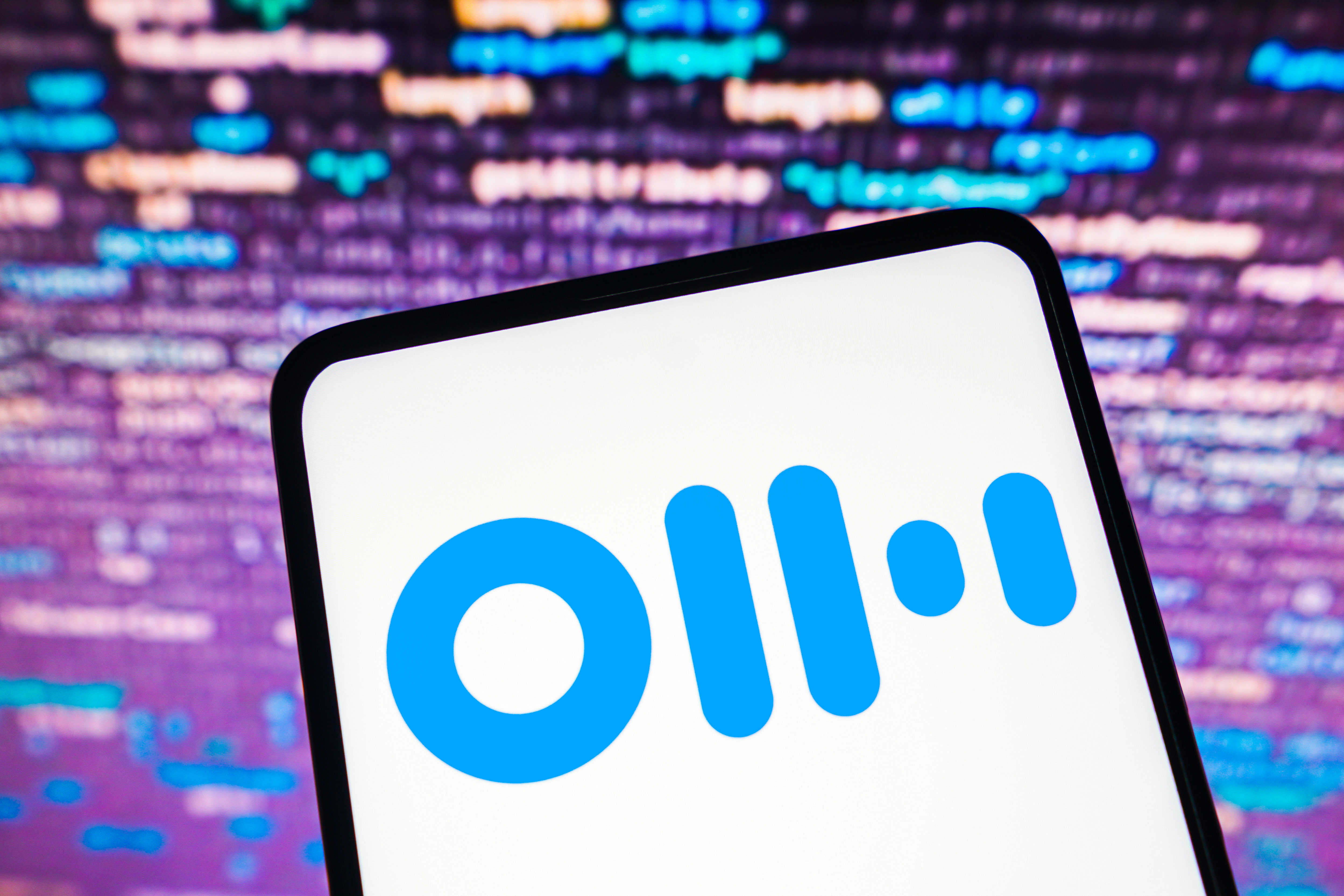

Otter.ai has unveiled a raft of new features it says will enable users to leverage generative AI across meetings, chats, and channels in a bid to drive productivity.
The ‘Meeting GenAI’ tool will offer three distinct new features for users. This includes the implementation of AI chat across all meetings, the introduction of collaborative AI-enabled channels, and updated AI conversation summary capabilities.
The first feature is perhaps the most foundational to the new offering, the company said.
Rather than just assessing and analyzing the data of one specific meeting, Otter’s AI chat will develop a comprehensive and constantly growing data set of an organization's entire history of conversations.
The remit of this tool will apply to conversations on other platforms as well.
There is value here for those who require a more detailed level of meeting-data from a longer period of time, such as those in the C-suite looking to extrapolate trends. Employees who’ve had to take time off would also benefit, according to the firm, enabling them to catch up on missed conversations and meetings.
Otter.ai targets competition with industry heavyweights
According to Otter.ai, the launch of these new capabilities positions the platform as a competitor to other industry leading brands in the productivity application space.
Get the ITPro daily newsletter
Sign up today and you will receive a free copy of our Future Focus 2025 report - the leading guidance on AI, cybersecurity and other IT challenges as per 700+ senior executives
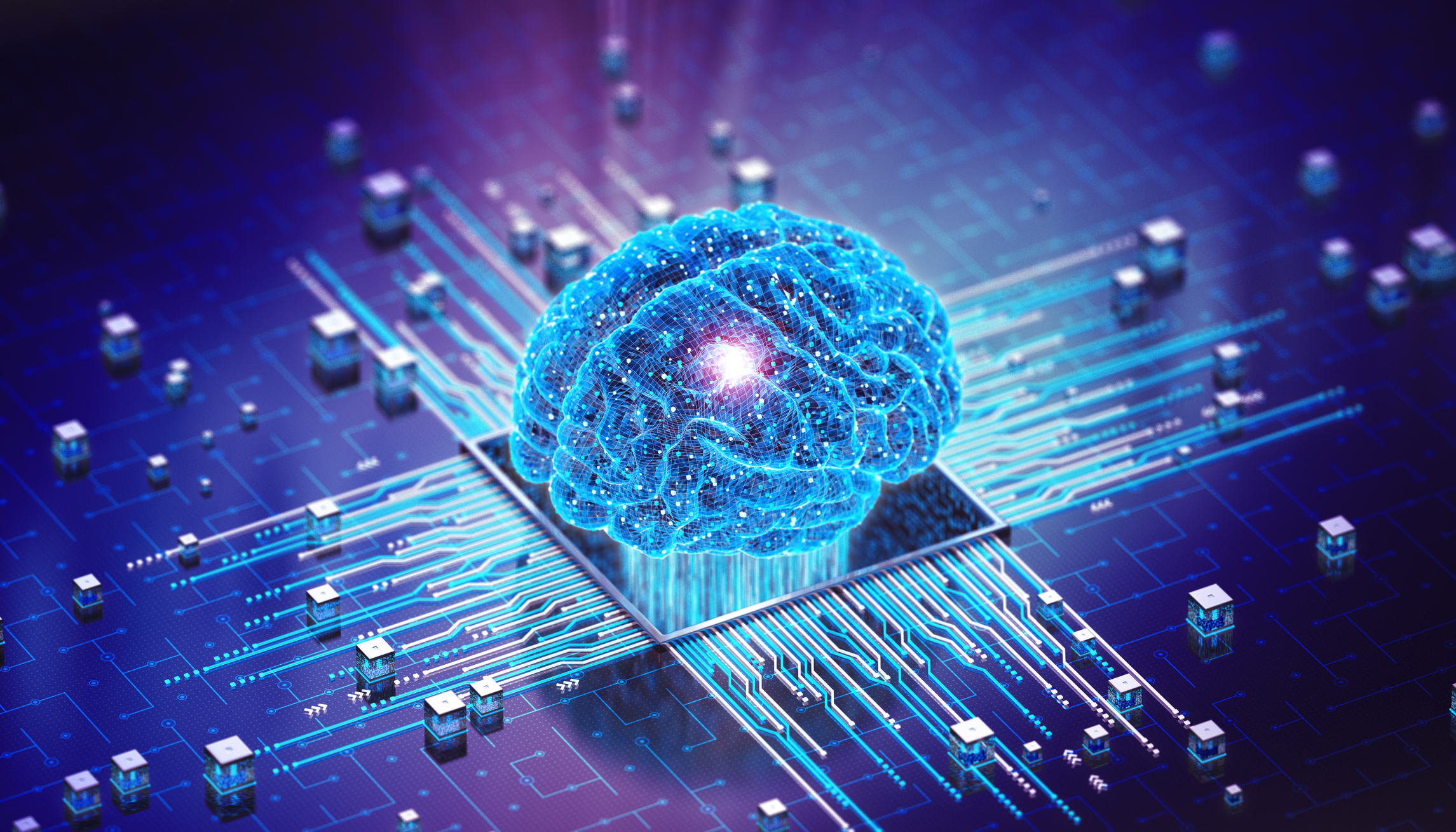
So far, Microsoft Copilot, Zoom AI companion, and Google's Duet AI (now Gemini for Workspace) only offer siloed, single meeting AI capabilities, the firm said.
Otter even goes as far as to suggest that it’s new offering “slingshots past Microsoft Copilot to redefine AI meeting intelligence.”
Otter isn’t just looking to compete with Microsoft, though. The second key feature, AI-enabled channels, reportedly “goes beyond OpenAI’s ChatGPT single-user chat” by allowing for multi-user use.
This tool will focus on team productivity, combining meeting information with personnel communications. Users will be able to chat with Otter AI and with one another at the same time.
Further embedding Otter AI chat into a user’s workflow, this feature will make it easier and more efficient to generate AI responses that relate to specific teams and projects.
This feature is also apparently the “first ever collaborative AI chat” and the company is awaiting a patent to protect the idea.
RELATED WHITEPAPER
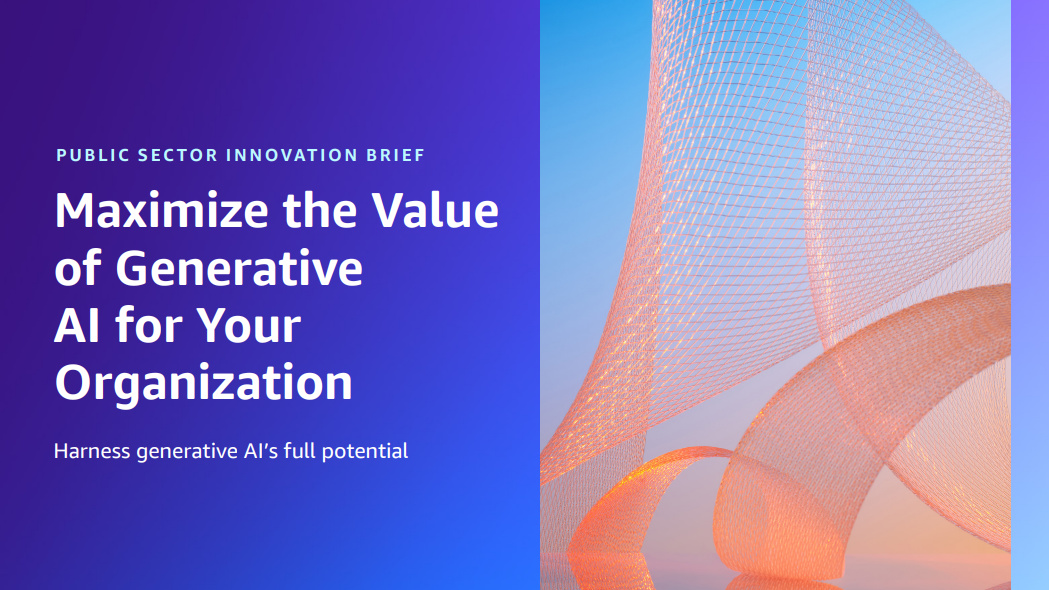
Finally, Otter is bolstering its AI-generated conversation summary through the addition of live action items. As part of this feature, key pieces of information in meetings are tracked and revealed to users in real time.
This can benefit those who need to steer meeting topics in certain directions, or those who are attending meetings in an audience capacity. In the event of staff confusion, it also negates the need for time-consuming post-meeting follow-ups.
“Team-focused Meeting GenAI represents a bold step forward in AI meeting intelligence,” said Sam Liang, co-founder and CEO of Otter.ai.
“These features transcend AI note-taking and is a new paradigm that will empower Otter to proactively join live human conversations and intelligently chat with multiple human participants in real-time meetings - providing relevant insights, generating content, and identifying next steps to move work forward.”

George Fitzmaurice is a former Staff Writer at ITPro and ChannelPro, with a particular interest in AI regulation, data legislation, and market development. After graduating from the University of Oxford with a degree in English Language and Literature, he undertook an internship at the New Statesman before starting at ITPro. Outside of the office, George is both an aspiring musician and an avid reader.
-
 Bigger salaries, more burnout: Is the CISO role in crisis?
Bigger salaries, more burnout: Is the CISO role in crisis?In-depth CISOs are more stressed than ever before – but why is this and what can be done?
By Kate O'Flaherty Published
-
 Cheap cyber crime kits can be bought on the dark web for less than $25
Cheap cyber crime kits can be bought on the dark web for less than $25News Research from NordVPN shows phishing kits are now widely available on the dark web and via messaging apps like Telegram, and are often selling for less than $25.
By Emma Woollacott Published
-
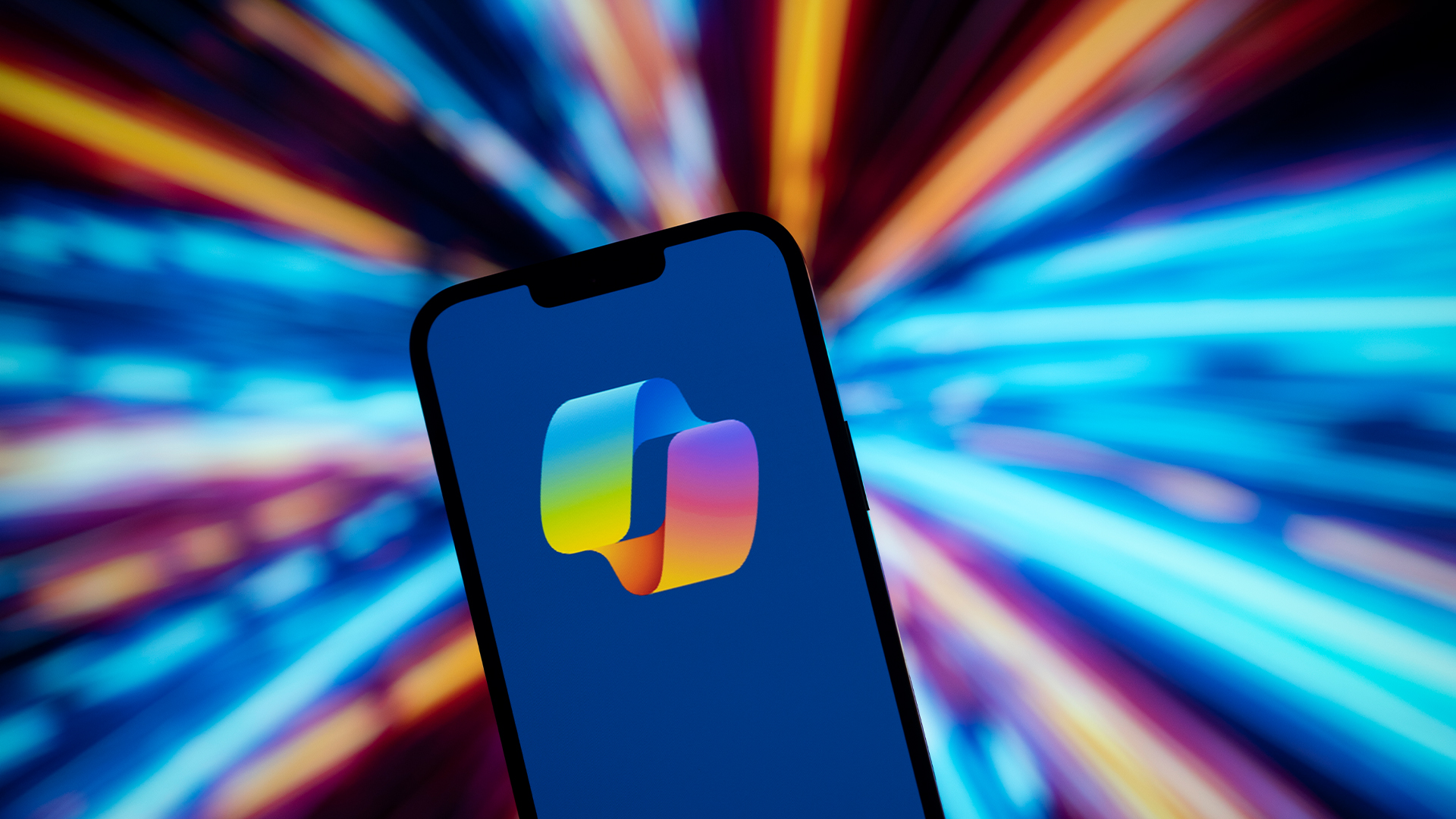 Microsoft launches new security AI agents to help overworked cyber professionals
Microsoft launches new security AI agents to help overworked cyber professionalsNews Microsoft is expanding its Security Copilot service with new AI agents to help overworked IT teams deal with surging security threats.
By Bobby Hellard Published
-
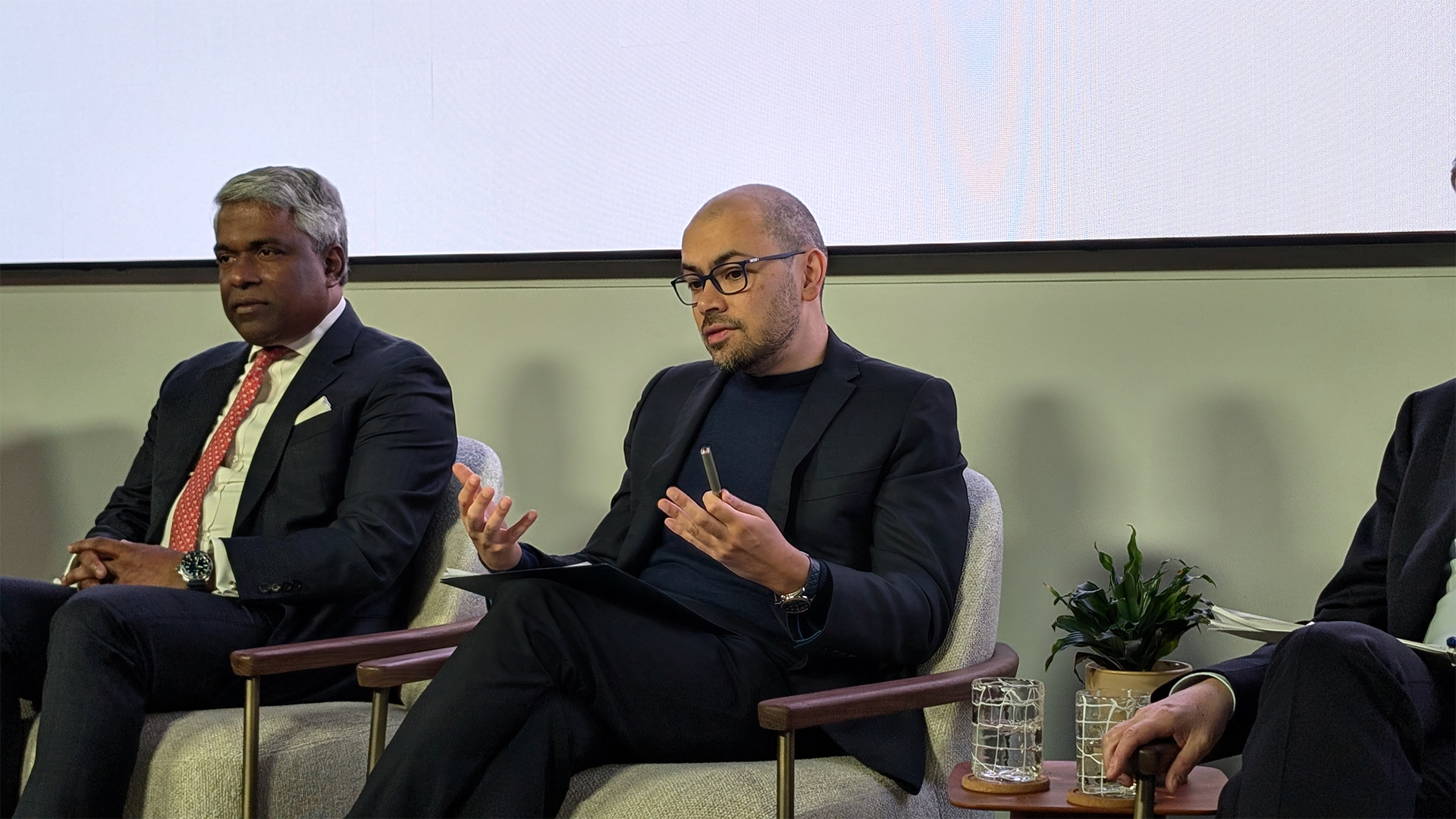 Google DeepMind’s Demis Hassabis says AI isn’t a ‘silver bullet’ – but within five to ten years its benefits will be undeniable
Google DeepMind’s Demis Hassabis says AI isn’t a ‘silver bullet’ – but within five to ten years its benefits will be undeniableNews Demis Hassabis, CEO at Google DeepMind and one of the UK’s most prominent voices on AI, says AI will bring exciting developments in the coming year.
By Rory Bathgate Published
-
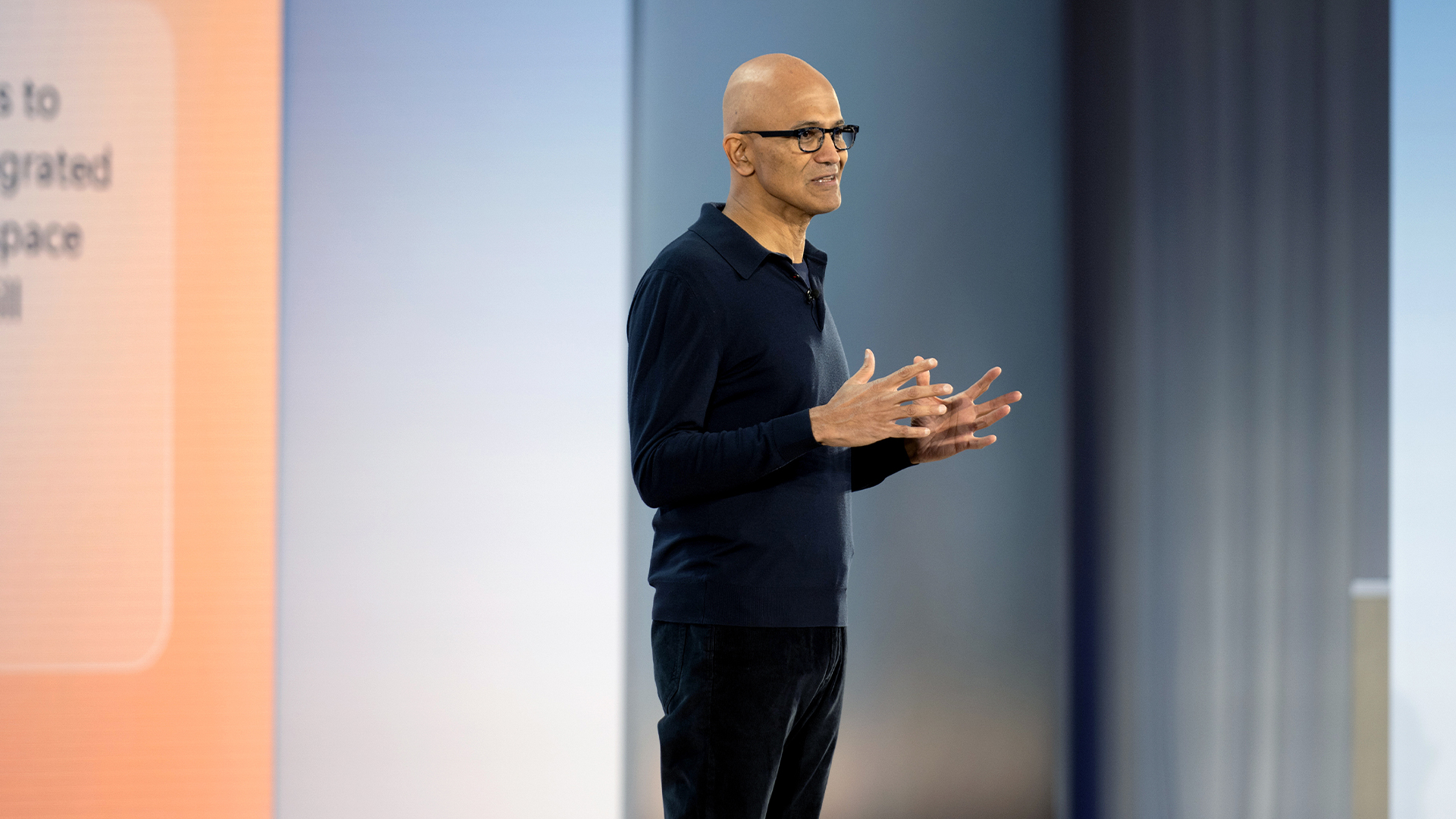 ‘The entire forecasting business process changed’: Microsoft CEO Satya Nadella says Excel changed the game for enterprises in 1985 – he’s confident AI tools will do the same
‘The entire forecasting business process changed’: Microsoft CEO Satya Nadella says Excel changed the game for enterprises in 1985 – he’s confident AI tools will do the sameNews The Microsoft CEO says we need to change how we measure the value of AI
By George Fitzmaurice Published
-
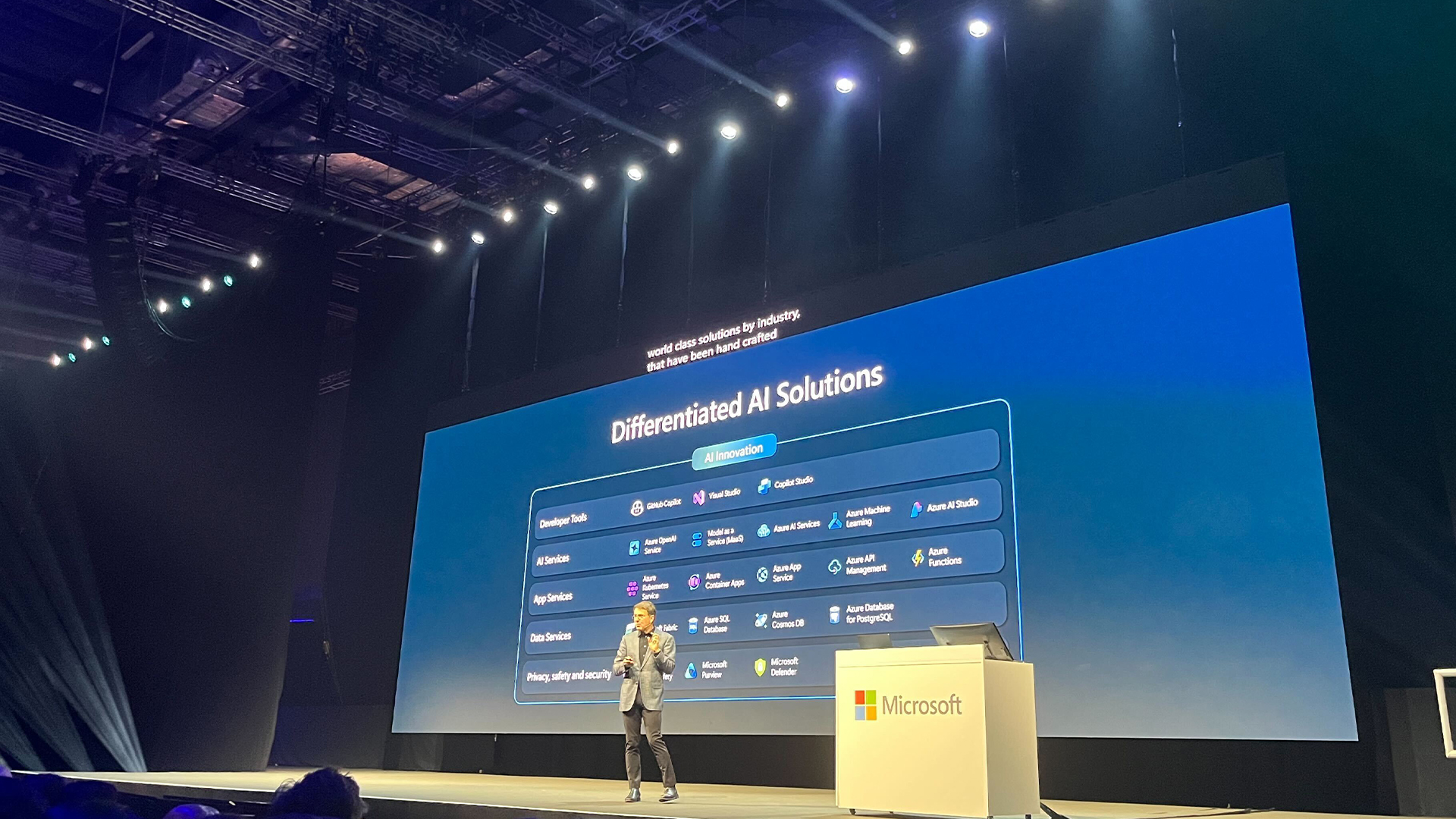 Microsoft exec touts benefits of AI productivity gains
Microsoft exec touts benefits of AI productivity gainsNews Microsoft CCO Judson Althoff said the company is unlocking significant efficiency gains from AI tools internally.
By George Fitzmaurice Published
-
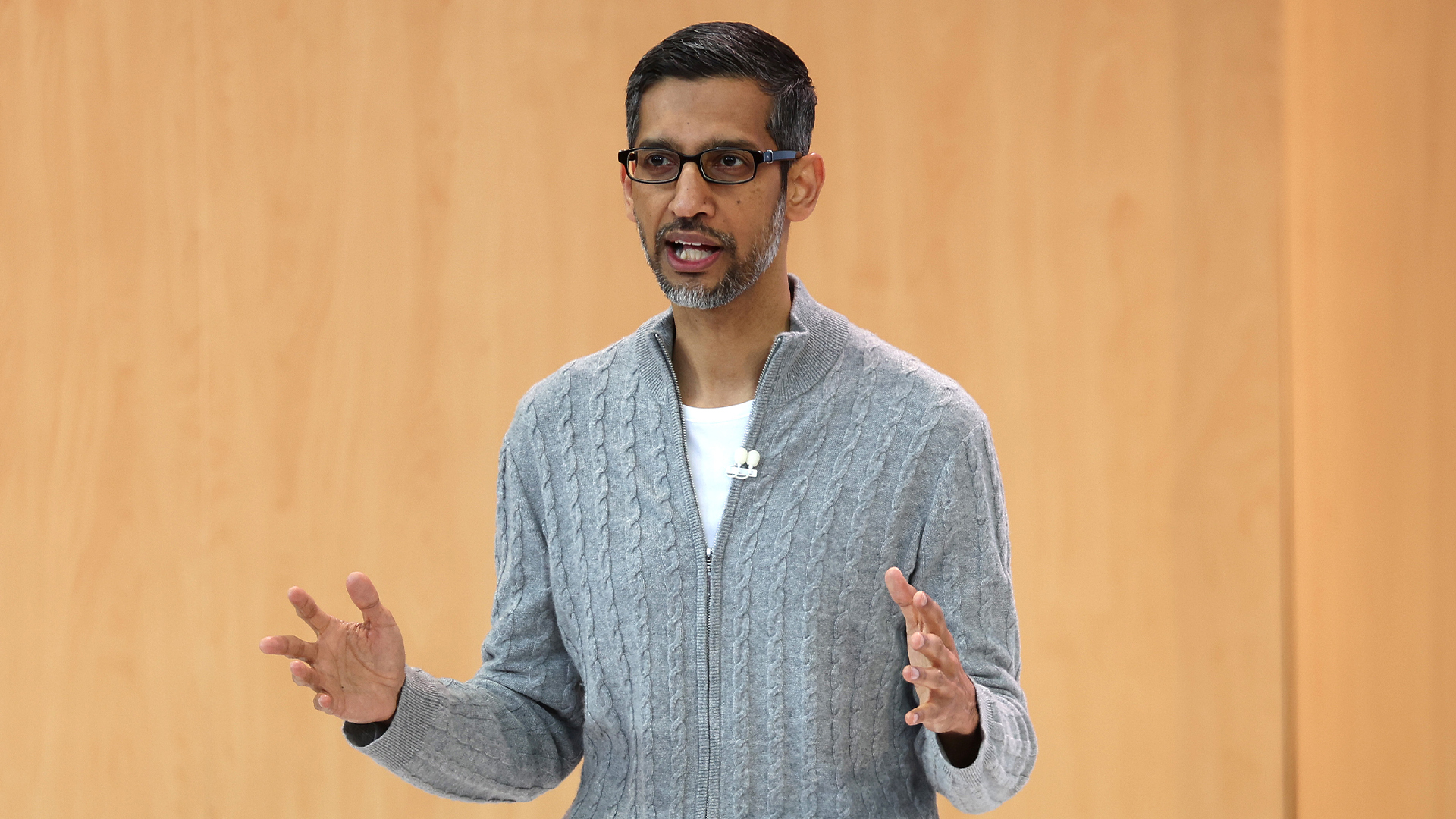 Google CEO Sundar Pichai says DeepSeek has done ‘good work’ showcasing AI model efficiency — and Gemini is going the same way too
Google CEO Sundar Pichai says DeepSeek has done ‘good work’ showcasing AI model efficiency — and Gemini is going the same way tooNews Google CEO Sundar Pichai hailed the DeepSeek model release as a step in the right direction for AI efficiency and accessibility.
By Nicole Kobie Published
-
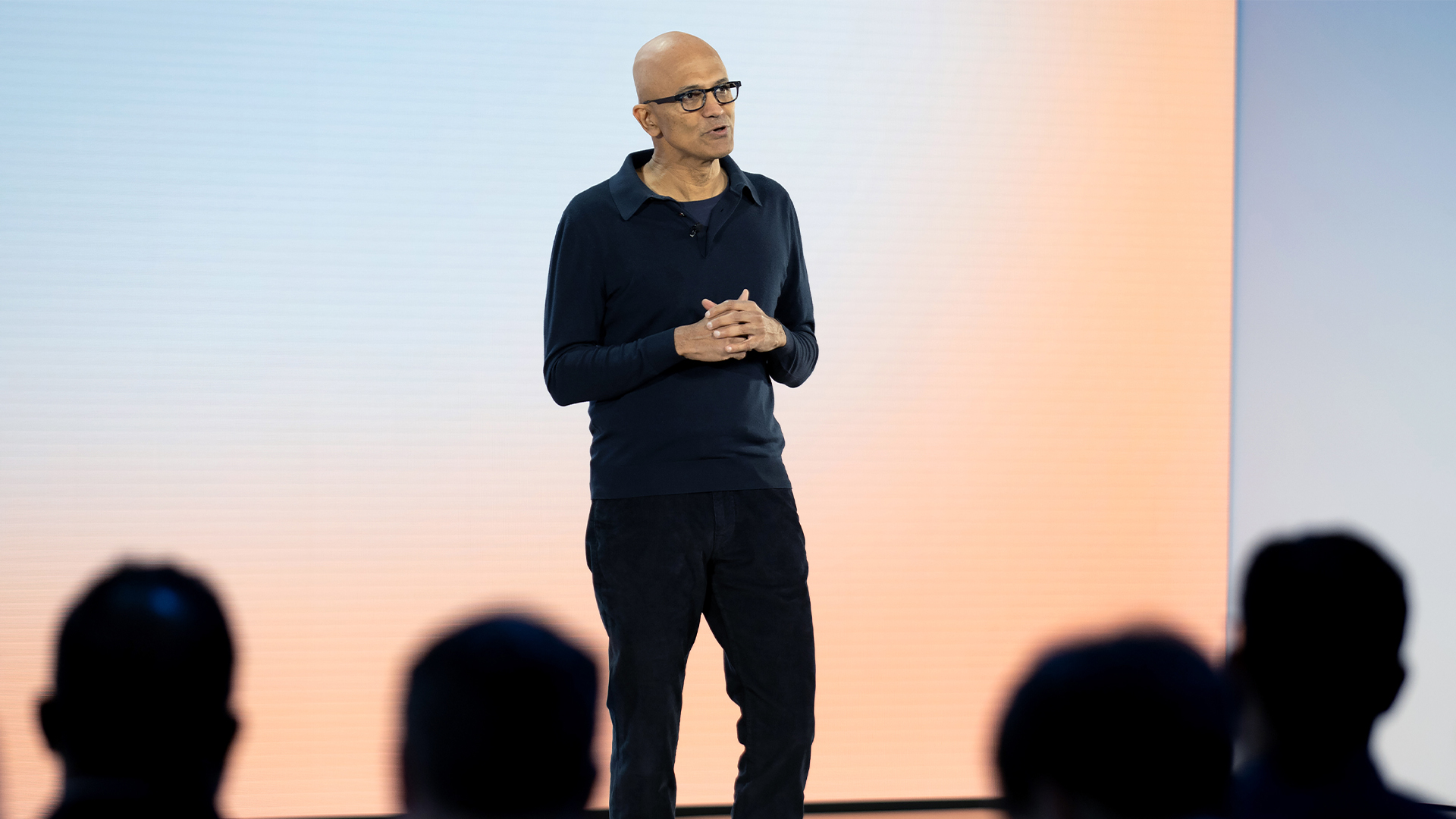 ‘We’ve created an entirely new state of matter’: Satya Nadella hails Microsoft’s 'Majorana' quantum chip breakthrough
‘We’ve created an entirely new state of matter’: Satya Nadella hails Microsoft’s 'Majorana' quantum chip breakthroughNews Microsoft has unveiled a new chip it says could deliver quantum computers with real-world applications in ‘years, not decades'.
By Emma Woollacott Published
-
 Microsoft says AI tools such as Copilot or ChatGPT are affecting critical thinking at work – staff using the technology encounter 'long-term reliance and diminished independent problem-solving'
Microsoft says AI tools such as Copilot or ChatGPT are affecting critical thinking at work – staff using the technology encounter 'long-term reliance and diminished independent problem-solving'News Research from Microsoft suggests that the increased use of AI tools at work could impact critical thinking among employees.
By Nicole Kobie Published
-
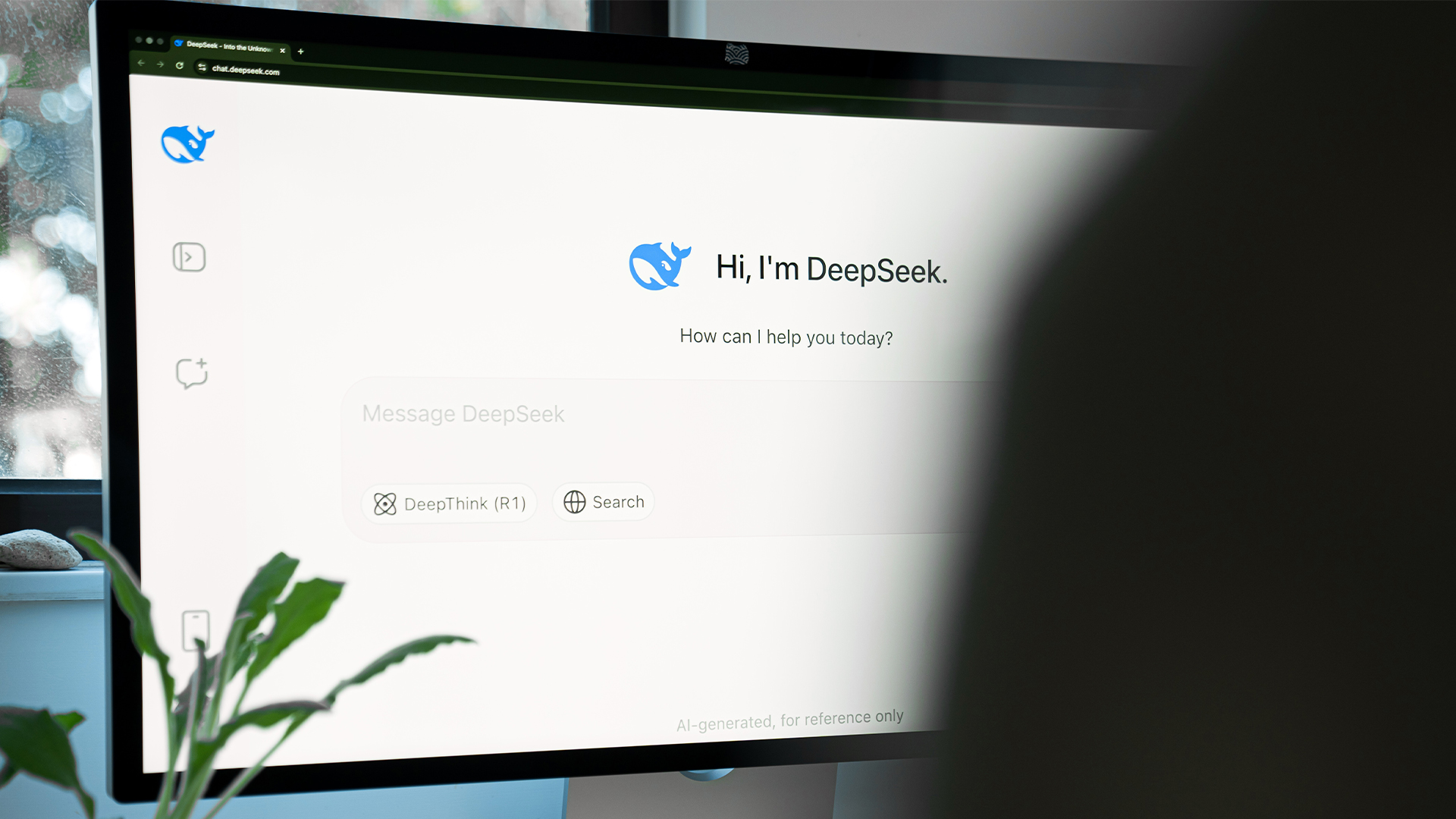 The DeepSeek bombshell has been a wakeup call for US tech giants
The DeepSeek bombshell has been a wakeup call for US tech giantsOpinion Ross Kelly argues that the recent DeepSeek AI model launches will prompt a rethink on AI development among US tech giants.
By Ross Kelly Published